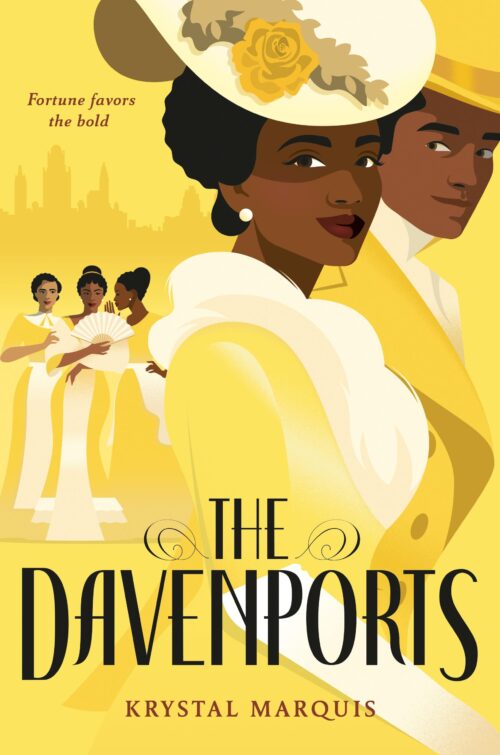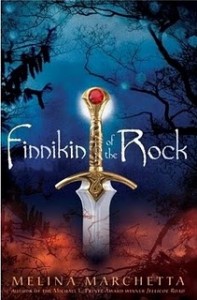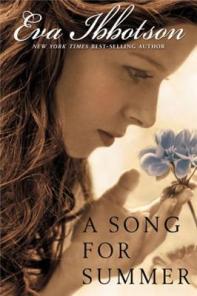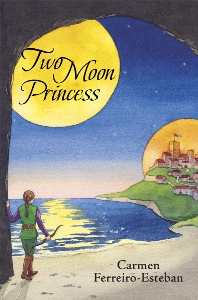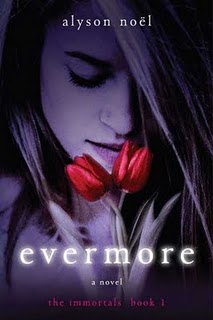This review contains affiliate links, which earn me a small commission when you click and purchase, at no extra cost to you. Thank you for supporting my small business and allowing me to continue providing you a reliable resource for clean book ratings.
The Davenport family is wealthy and influential, owning a successful luxury-carriage business in Chicago. They have all the finest things, an enviable life. What’s unusual about them, however, is that they’re Black. It’s 1910.
The parents have largely shielded their children from racial difficulties. They just want their son and two daughters to have comfortable lives, free from the hardships they faced. This is especially true for William Davenport, the father, who began his life enslaved and built his business from the ground up.
Oldest child John works in part with his father but has a new vision for the future of the company in this era of the new horseless carriage. Older daughter Olivia is beautiful and elegant, ready to marry well and do her parents proud. Younger daughter Helen is not yet 18 and has no interest in being accomplished in “women’s arts.” She just wants to work on cars in the family’s garage.
The story focuses on these three siblings but also includes two other young women close to them: maid (and childhood friend) Amy-Rose and longtime friend Ruby Tremaine.
The story starts with the arrival of an eligible, handsome bachelor from England. It’s obvious that Jacob Lawrence is a perfect match for 19-year-old Olivia, and they begin courting. But when Olivia ends up at a civil rights meeting and meets the passionate but poor lawyer Washington DeWight, she begins having second thoughts about exactly how well matched she is with Mr. Lawrence.
Ruby (and their families) have long expected that she and John will marry, so as the story begins, she is looking for an engagement. But John isn’t taking action. So she uses the attentions of a Mr. Barton, newly wealthy but with an undesirable background (to the Davenports and Tremaines) to try to make him jealous. Then she starts falling for Mr. Barton.
Amy-Rose has feelings for John as well, but as the maid, she has no hopes of seeing anything come of it. She can, however, focus on her work doing hair and creating hair products for Black women. She’s been saving up to open her own salon. But could John possibly return her feelings?
And then there’s Helen. She may desperately want to work for the family business, but perhaps love isn’t such a crazy idea, after all. Unfortunately, she starts to fall for someone who’s already spoken for.
This young adult book is FULL of romances. The characters have expectations to live up to; they try to meet them, but then find they must follow their hearts. So while there are supposedly four distinct love stories here, they are pretty much all the same story but with different details. I got a bit bored with the repetition. (The kissing scenes were all cut from the same cloth too: and most of them included the detail of the girl “gasping”… ugh.)
I appreciated that this historical fiction book did something different in focusing on wealthy and well-connected Blacks in an era when that was particularly rare. The author brings in the topics of recently enslaved people and how they handle their lives after going through that horrific experience. She touches on mild incidents of racism as well as brutal attacks on people of color. It’s also interesting how she shares stories of characters who have mixed parentage: how they are treated by both whites and other Blacks.
So those elements give this historical fiction book for young adults some good reasons to read it. Other than that, however, I found it to be tedious, repetitive and formulaic. I don’t know if I’ll bother reading the next book to find out exactly what more happens in these characters’ stories (it’s obvious how they will end, after all).
Rated: Mild. Profanity includes four uses of mild language. There are probably 10 scenes of kissing. There are references to characters having been enslaved and to protests turning dangerous, and to Blacks being killed because of their race. But they are simple references without much detail.
